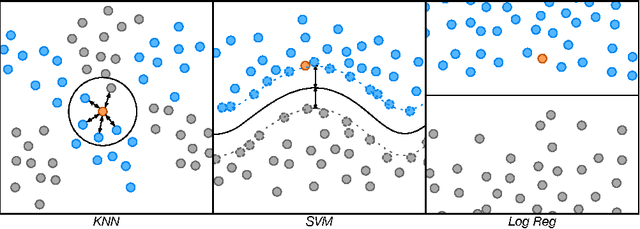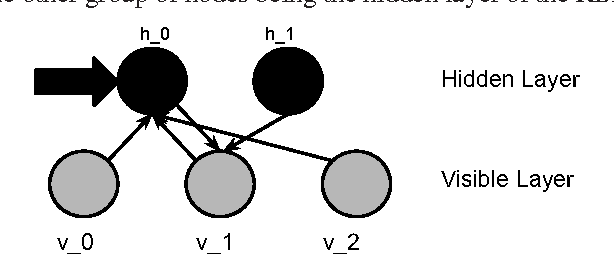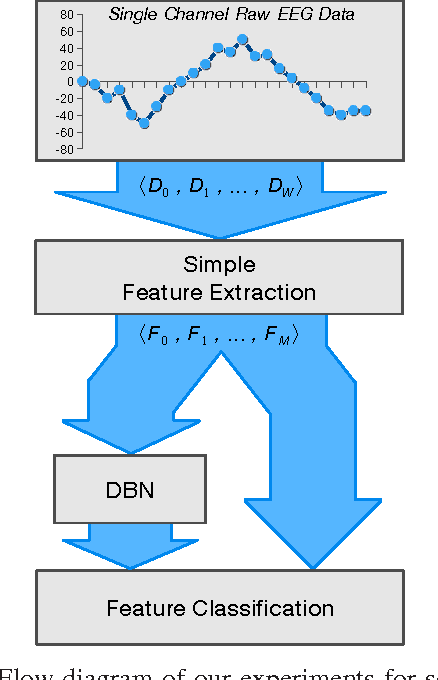Deep Belief Networks used on High Resolution Multichannel Electroencephalography Data for Seizure Detection
Paper and Code
Aug 28, 2017



Ubiquitous bio-sensing for personalized health monitoring is slowly becoming a reality with the increasing availability of small, diverse, robust, high fidelity sensors. This oncoming flood of data begs the question of how we will extract useful information from it. In this paper we explore the use of a variety of representations and machine learning algorithms applied to the task of seizure detection in high resolution, multichannel EEG data. We explore classification accuracy, computational complexity and memory requirements with a view toward understanding which approaches are most suitable for such tasks as the number of people involved and the amount of data they produce grows to be quite large. In particular, we show that layered learning approaches such as Deep Belief Networks excel along these dimensions.
 Add to Chrome
Add to Chrome Add to Firefox
Add to Firefox Add to Edge
Add to Edge